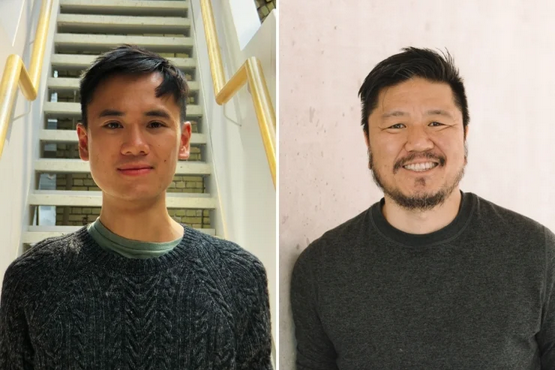Matthew Nguyen and U of T Researchers Dispel Long-Standing Theory Guiding Nanoparticle Treatment of Tumours


The Enhanced Permeability and Retention (EPR) effect, a concept largely unchallenged since the mid-1980s, posits that nanoparticles enter a tumour from the bloodstream through gaps between the endothelial cells that line its blood vessels, then become trapped in the tumour due to dysfunctional lymphatic vessels.
“The retention aspect of the EPR theory is contingent on the lymphatic vessel cavity being too small for nanoparticles to exit, thereby helping nanoparticles that carry cancer-fighting drugs to stay in the tumours,” said Matthew Nguyen, a PhD student at the Institute of Biomedical Engineering and the Donnelly Centre for Cellular and Biomolecular Research, and lead author on a new study that challenges the long-standing theory.
“But we found around 45 per cent of nanoparticles that accumulate in tumours will end up exiting them,” said Nguyen, a member of the lab of Warren Chan, professor of nanobioengineering at U of T.
The findings help explain why treatments based on the EPR effect are failing in clinical trials, and build on earlier research from the Chan lab that showed less than one per cent of nanoparticles actually reach tumours.
The journal Nature Materials published the results recently.